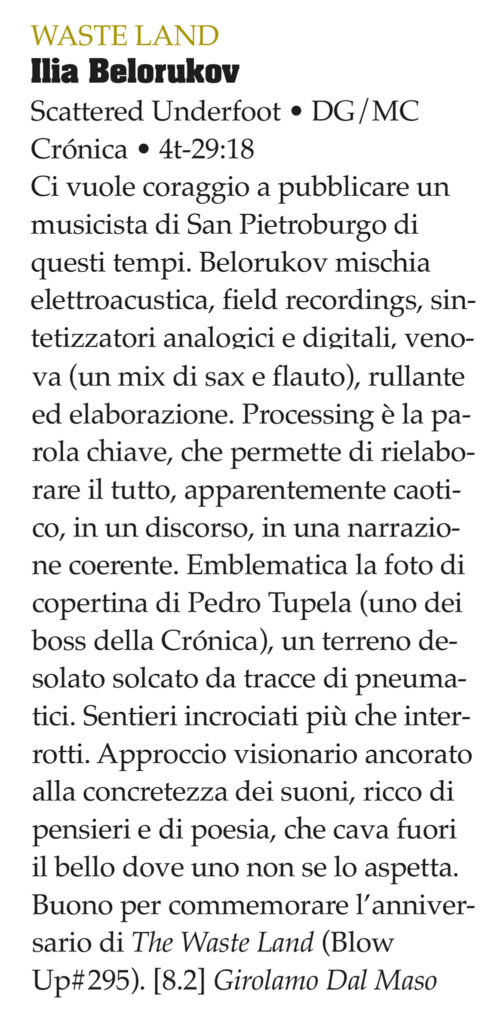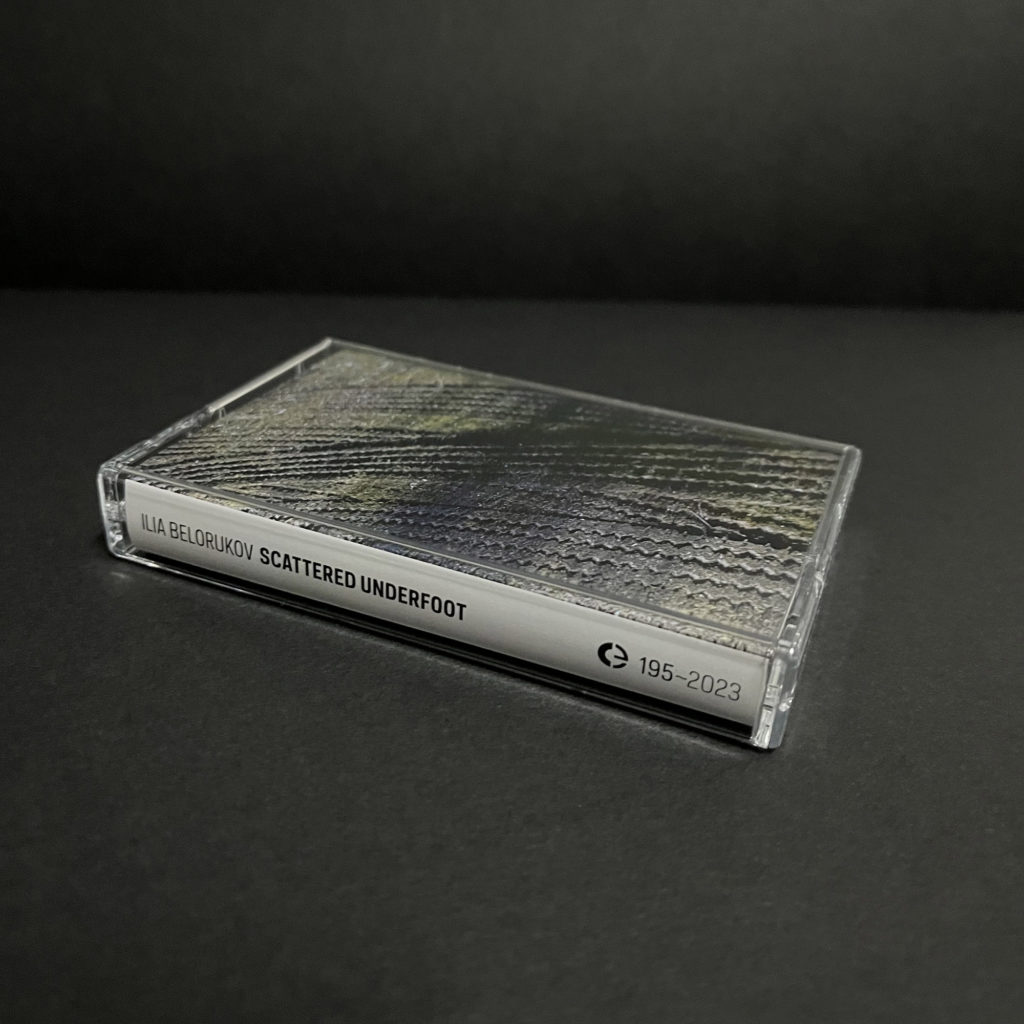
Pedro Tudela and Miguel Carvalhais (known as @c) are a prolific duo of musicians and sound artists. As founders of the groundbreaking Crónica label, they have performed captivating audiovisual sets on countless occasions since the early 2000s and have continuously produced a series of short-lived installations. Nineteen of these installations are documented and discussed here. They show the evolution of these situated experiences, considered by the duo as ‘media’ in themselves, with the freedom to experiment with non-standard techniques. Raquel Castro, curator of sound art and artistic director of Lisboa Soa, critically analyses all the works, one by one. She notes that they ‘begin with an accurate research on the context, history and landscape architecture of the place.’ These installations convey not only situations and encounters, but above all ‘convey information.’. Their acoustic and perceptual transformation of space has an exploratory attitude that immediately engages the audience. There is a construction of participation and a (re)interpretation of spatial relations that builds compatible and enhanced systems, or, in the duo’s definition, an ‘abstract system’ that communicates relational and aural information. This book does justice to twenty years of systemic and meticulously refined sound art practice.
via Neural







